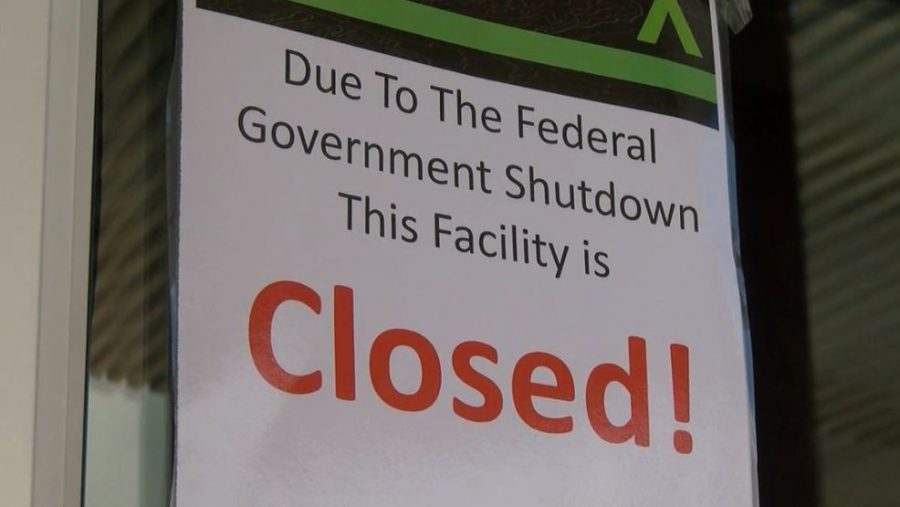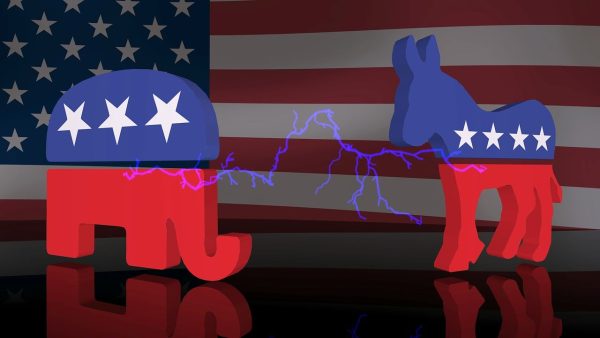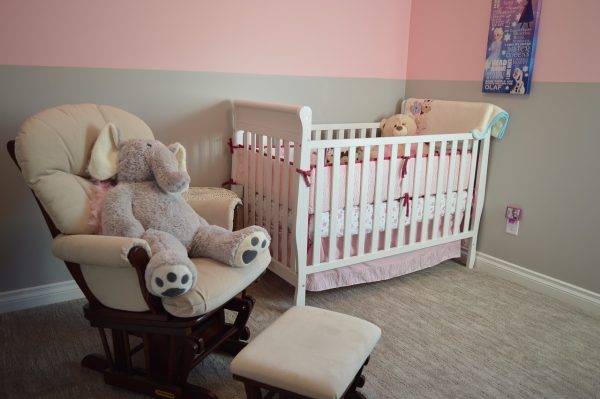The Government Shutdown
The government shutdown went on for over thirty three days. This government shutdown was issued, because President Trump wanted 5.7 billion dollars to fund a wall that would go along the southern border. The wall had been one of his campaign promises to ensure border protection. The first bill proposed included some protection for some immigrants, and included the wall being built. The second bill proposed included 5 billion dollars worth of funding for border security, not a wall, and would ensure the government reopened. It was expected that neither bill would succeed when Congress voted, because there was a required 60 votes for it to pass.
Caught in the middle of the “Wall War” were the 80,000 government workers, who were either on unpaid leave, or working without getting paid. They were to be reimbursed once the government reopened, but it still created lots of problems. For example, TSA workers were calling in sick, because they weren’t getting paid for going to work. Many are considering quitting, due to the financial hardships they faced because of the shutdown. In the end it cost more to keep the government shut, than to just reopen it. The lack of workers in airports created lots of delays. National parks and museums were closed down due to lack of staff, and although some remained open, parts of the parks were closed off. Their limited resources heightened the risk of injury of those in the parks. Agencies like the Fish an Wildlife Service, the National Weather Service, and the Environmental Protection Agency had to send workers home. The EPA sent workers home who check for pollution, and who check power plants, water treatment plants, and oil refineries; this risked public safety. The FDA also had to stop routine inspections of fruits, vegetables, and other foods that are usually at high risk for contamination. This obviously impacted the food that we buy, so buyers really needed to check their produce before making purchases. The impact of the shutdown didn’t only impact the workers who were not being paid, it impacted the overall economy. For example, no paycheck meant those workers weren’t spending money on consumer goods. Many local businesses rely on national parks and museums for business. The shut down was good for no one.
Luckily, those receiving Social Security, continued to revive their checks, because the Social Security Administration has enough funding. Those on Medicaid, and medicare were also unaffected. People receiving food stamps, according to the Agriculture Department, received their stamps through January. However, other government programs like Section 8, and government assisted housing would have been affected if the government shutdown continued through February. This could have hurt people relying on the government for vouchers.
It’s likely that a government shutdown will happen again, because it appears that Trump will stop at nothing until he gets his wall. He even claimed he would declare a state of emergency to fund it. People obviously suffered because of the shutdown, and neither side seems good at compromising. It’s clear that border security is a very important topic, but it’s implausible to build a border wall in Trump’s remaining two years. What if the next president cuts the funding for the wall, and it’s never built? There are better things to negotiate than a wall. How about education, infrastructure, and job training for the coming century?











